Understanding Portable Media Players
What is a Portable Media Player?
A portable media player (PMP) is a compact digital device designed primarily to store, organize, and playback various types of media, encompassing audio, video, and often images. These devices have evolved significantly since their inception, transitioning from simple MP3 players to sophisticated multimedia machines that can handle high-definition video and numerous audio formats. A notable characteristic of PMPs is their portability, allowing users to enjoy their favorite media content on-the-go, making them a popular choice for commuters, travelers, and anyone who prefers a mobile entertainment solution. More than just music players, some portable media players even allow for applications, games, and internet connectivity, transforming how we consume media. For comprehensive insights and resources related to media players, you can visit https://hardwareplayer.com.
Essential Features of a Media Player
When selecting a portable media player, understanding its features is crucial for ensuring it meets individual needs. Below are essential elements that define the effectiveness and usability of these devices:
- Storage Capacity: Media players typically come with varying storage capacities, ranging from a few gigabytes to several terabytes. More storage means users can hold more media files, essential for avid music and video collectors.
- Battery Life: A good PMP should offer extended battery life, allowing for hours of playback. Modern models provide powerful batteries capable of lasting full days, making them suitable for long travel or outdoor use.
- Audio/Video Quality: The clarity of sound and sharpness of video directly affect the media consumption experience. High-resolution displays and high-quality audio output are vital for enthusiasts.
- User Interface: An intuitive user interface enhances user experience, enabling easy navigation through menus and files. Touchscreens are common, yet some users prefer physical buttons for tactile feedback.
- Wireless Connectivity: Many modern media players offer Wi-Fi and Bluetooth capabilities, allowing for streaming music and connecting to wireless headphones or speakers.
Popular Types of Media Players
Media players are available in various formats to cater to diverse user preferences and purposes. Here are some of the most popular types:
- Dedicated Audio Players: Devices optimized specifically for audio playback, these offer superior sound quality and support various formats like FLAC, MP3, and WAV.
- Digital Video Players: These players focus on video playback, often supporting high-definition formats and including features like streaming apps.
- Smart Media Players: Integrating apps and internet connectivity, these devices offer streaming services alongside traditional playback, allowing access to platforms like Spotify and Netflix.
- Hybrid Devices: Combining functionality, these players cater to both audio and video, often featuring robust multimedia capabilities suitable for a wide range of media consumption.
Benefits of Using a Portable Media Player
Convenience and Portability
One of the standout advantages of portable media players is their convenience and portability. Designed to fit comfortably in your pocket or bag, these devices enable users to enjoy their favorite media virtually anywhere—whether commuting on public transport, exercising, or relaxing at home. Compared to smartphones, PMPs often have longer battery life for dedicated media consumption without the distraction of calls and notifications. This simplicity and focus on entertainment make them an attractive option for many users.
Audio Quality and Storage Capacity
Portable media players are often equipped with dedicated audio chips that provide superior sound quality compared to standard earbuds from smartphones. They can support lossless audio formats, which are crucial for audiophiles who demand the best listening experience. In terms of storage capacity, many PMPs offer expandable storage solutions, allowing users to carry extensive libraries of music, podcasts, and audiobooks without worrying about storage limitations.
Integrated Streaming Features
With the rise of music streaming services, many media players come equipped with applications allowing users to stream music directly from platforms like Spotify and Apple Music. This integration creates a seamless experience where users can access vast libraries of content without the need for an additional device. Moreover, these players often offer offline playlist capabilities, letting users download their favorite tracks and enjoy them without the need for an internet connection.
Evaluating the Best Options
Top Brands to Consider
While exploring your media player options, it’s essential to evaluate brands renowned for their quality and reliability. Traditional player experts have established themselves with user-friendly devices that provide great functionality, engineering standards, and customer support. However, it’s vital to look at specifications, user reviews, and updated technology to gauge which device best fits your needs.
What to Look for When Buying
When selecting a portable media player, several factors should guide your decision:
- Compatibility: Ensure that the media formats you intend to use are supported by the player.
- User Reviews: Reading user experiences gives insight into the performance and reliability of the product.
- Warranty and Support: Look for brands that offer extensive warranties and customer support to ensure peace of mind.
- Design and Build Quality: A sleek, durable design can enhance the user experience and ensure longevity.
Price Ranges and Budgeting Tips
Portable media players vary widely in price, from budget options that provide essential playback capabilities to high-end devices boasting exceptional audio performance and features. To better plan your purchase:
- Determine your budget range ahead of time to narrow down options.
- Consider the long-term value of features versus upfront costs; sometimes investing in a higher-end model can save you money in the future.
- Keep an eye out for sales or package deals that might offer additional accessories or services.
Enhancing the User Experience
How to Optimize Playback Settings
To maximize enjoyment from your portable media player, it’s essential to adjust playback settings for optimal performance. Here are a few tips:
- EQ Settings: Adjust the equalizer settings according to your audio preferences or music genre to enhance sound quality.
- Volume Limit: In situations like exercise, set a volume cap to protect your hearing while enjoying media.
- Playlist Organization: Create and manage playlists for easy access to your favorite tracks, making it effortless to switch between genres or moods.
Pairing with Accessories for Better Sound
Optimizing the experience goes beyond the media player itself; choosing the right accessories significantly impacts sound quality and overall enjoyment. Consider investing in:
- High-Quality Headphones: Good headphones or earbuds can reveal nuances in sound that are lost on lower-quality products.
- Portable Speakers: For a group setting, pair your PMP with Bluetooth speakers to enjoy music with friends.
- Protective Cases: Investing in sturdy cases can protect your media player from damage during travel.
Software Updates and Apps to Enhance Functionality
Keeping your device updated can unlock new features and enhance security. Regularly check for software updates to ensure you’re utilizing all available functionalities. Additionally, various applications can expand the media player’s capabilities—whether with streaming services, podcasting, or audiobooks, keeping your device versatile ensures a robust entertainment experience.
Trends in Digital Media Playback
Emerging Technologies and Innovations
The landscape of portable media players is rapidly evolving, fueled by technological advancements. Innovations such as integration with virtual assistants and AI-driven personal recommendations are enriching user experiences. Moreover, developments in battery technology and user-interface design continue to improve usability and functionality, making it easier for users to enjoy their favorite content seamlessly.
Future of Media Players in a Smart World
As society migrates towards interconnected systems, the future of portable media players lies in their ability to integrate with broader smart ecosystems. Anticipated advancements may include enhanced compatibility with other devices, leading to automated media management and streamlined user experiences across different devices. Such integration promises a future where seamless media consumption becomes an effortless part of daily life.
Community Feedback and User Experiences
Understanding the perspectives of users can illuminate aspects of media players that are often overlooked in technical specifications. Engaging with community discussions—whether through forums, social media, or product reviews—provides real-world insights that can guide decision-making. User feedback can highlight pros and cons, influencing choices based on actual usage experiences rather than just specs or marketing claims.
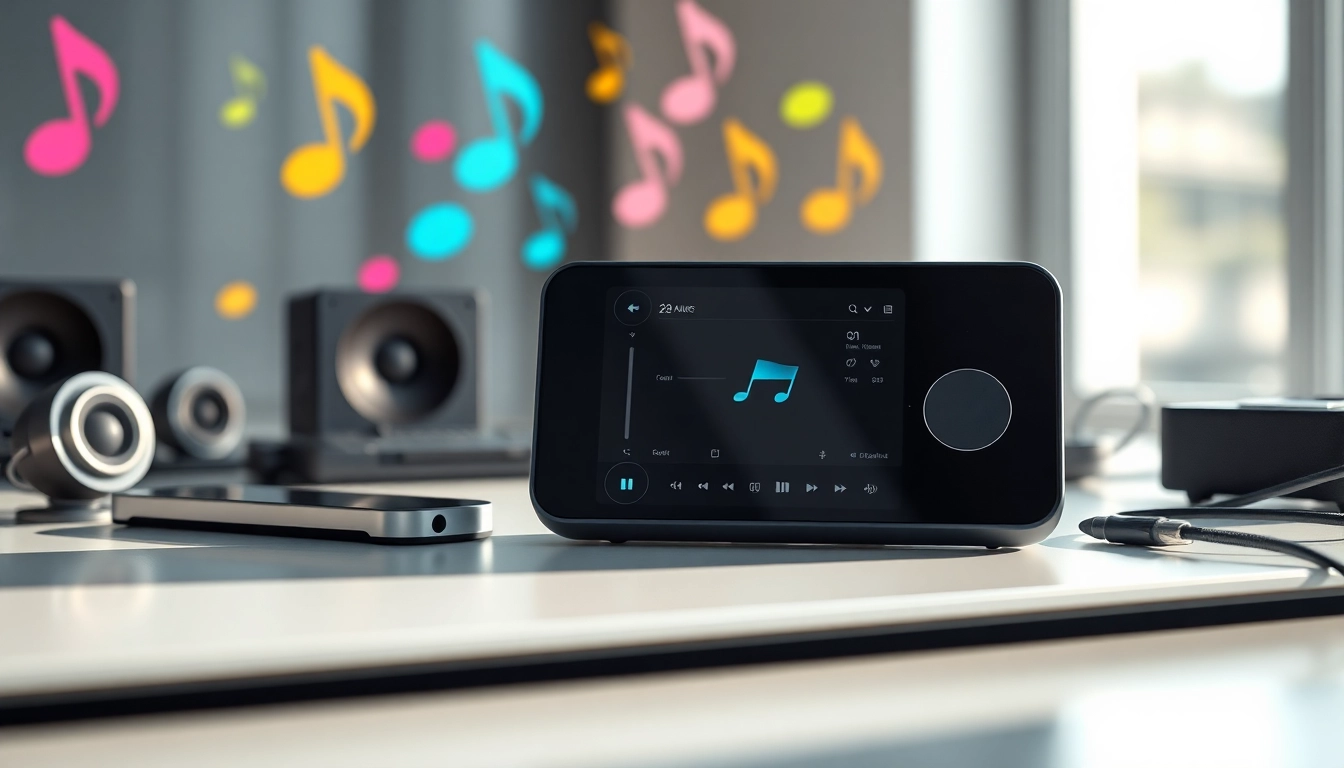

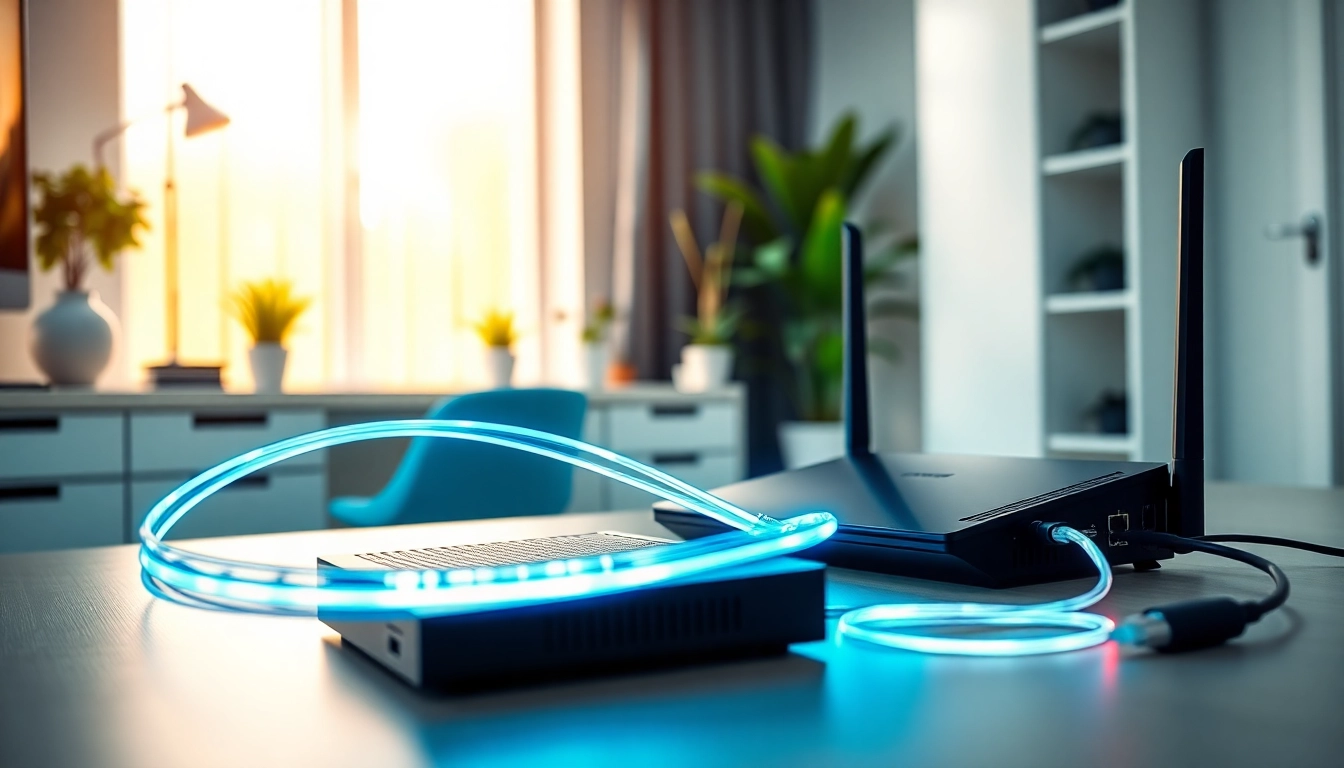
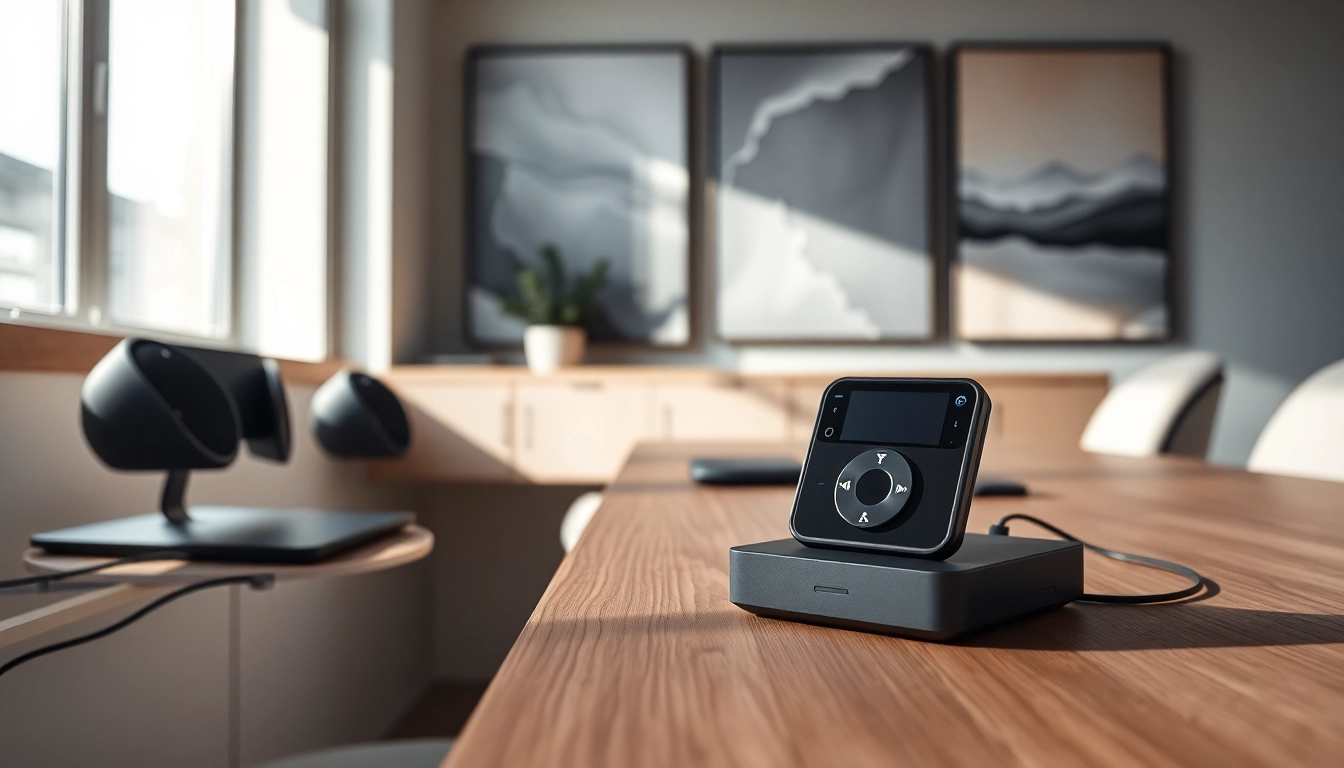

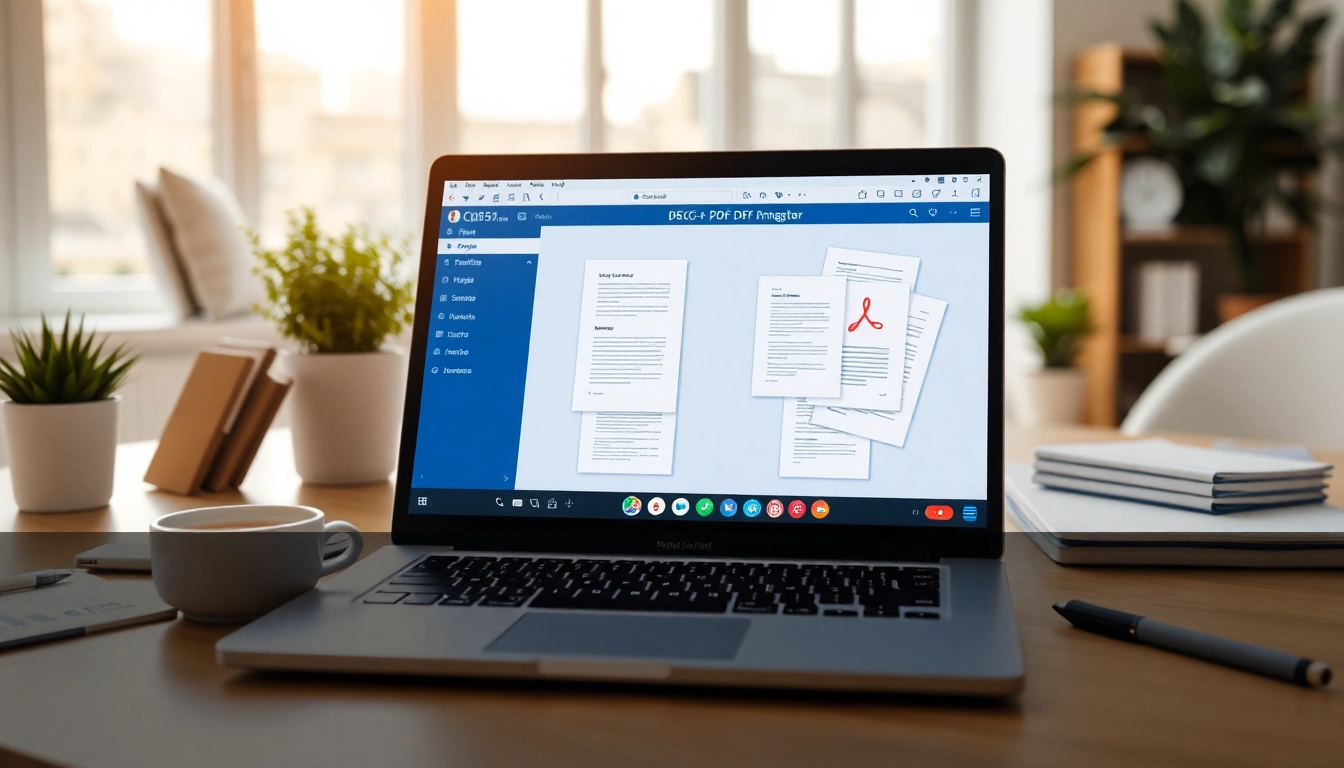
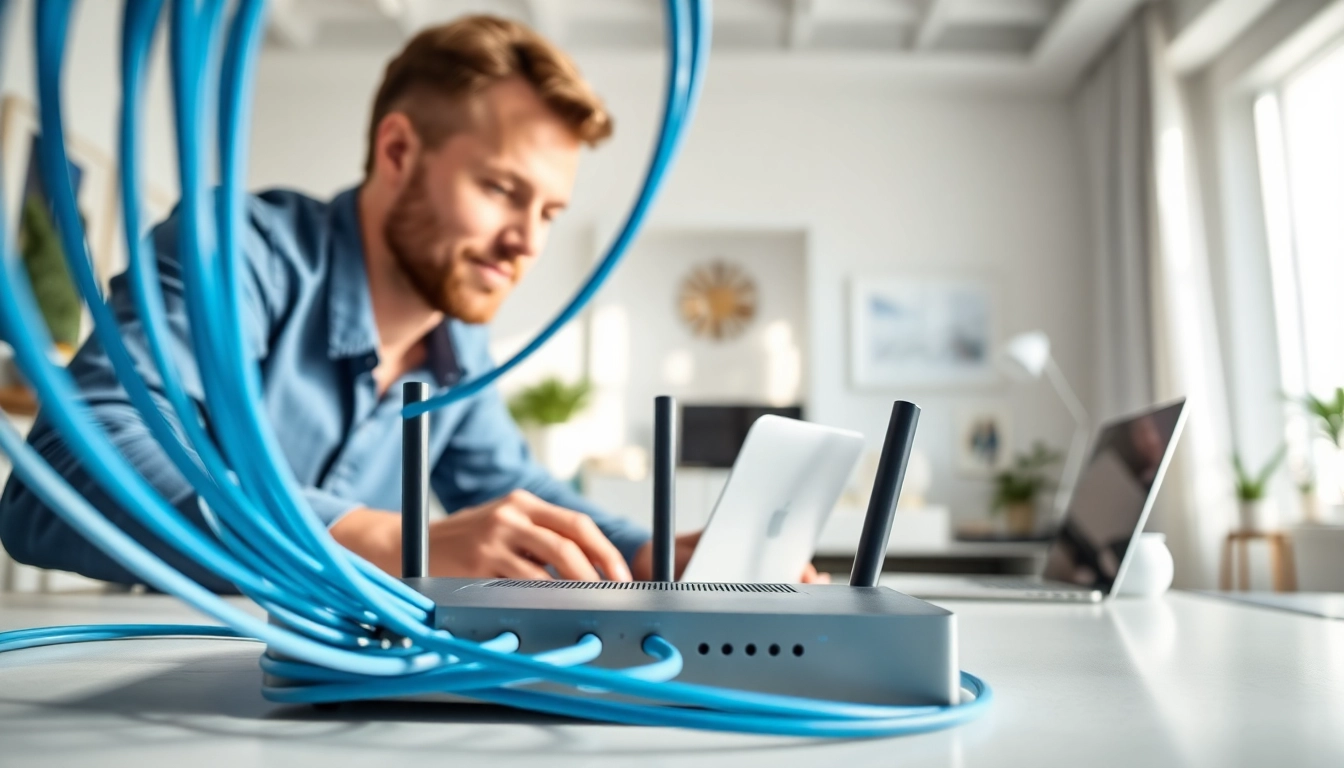
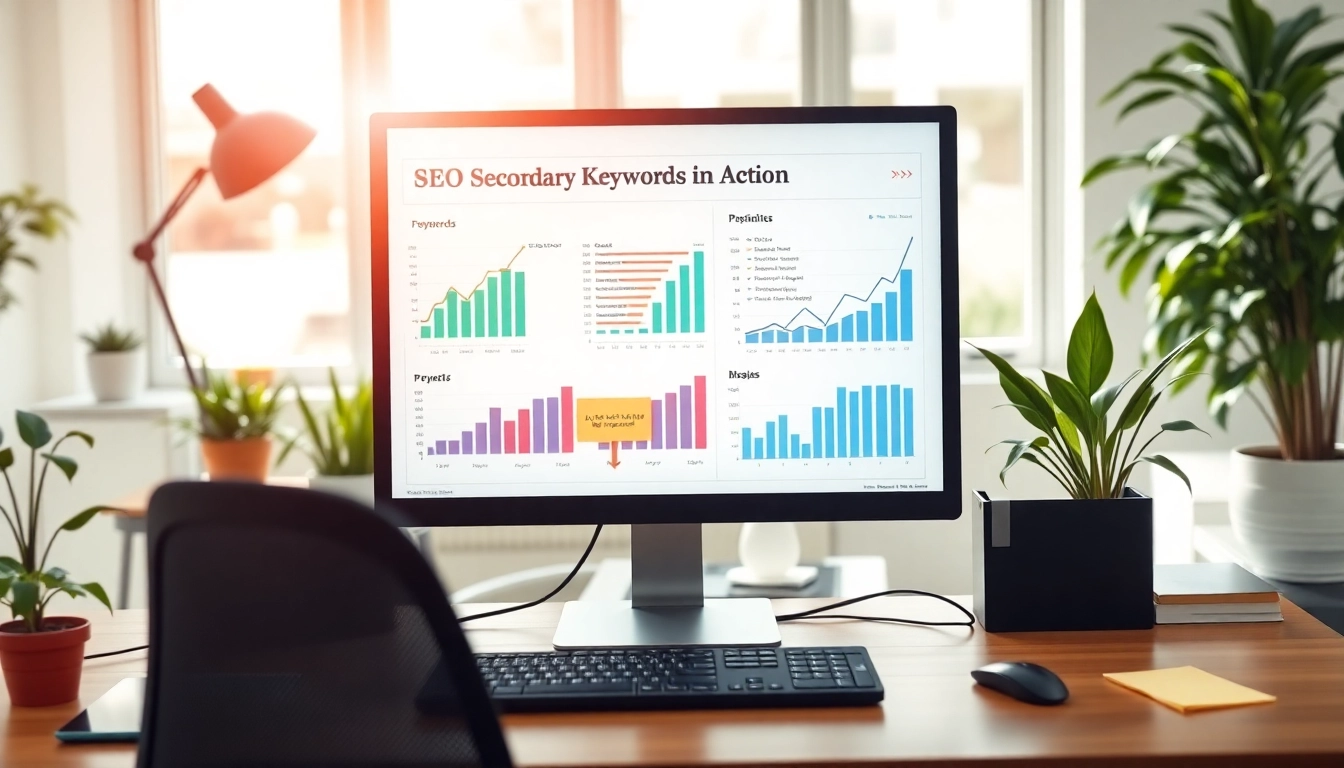
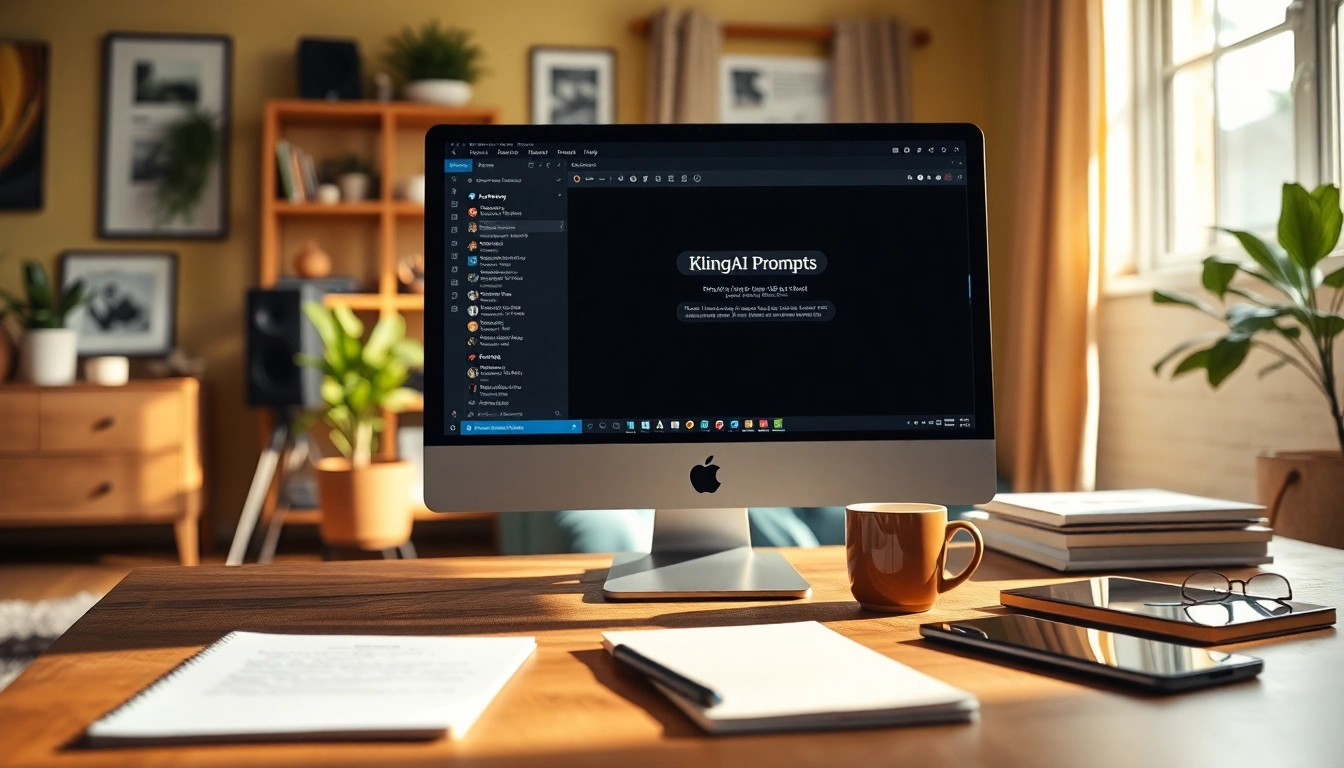






Leave a Reply